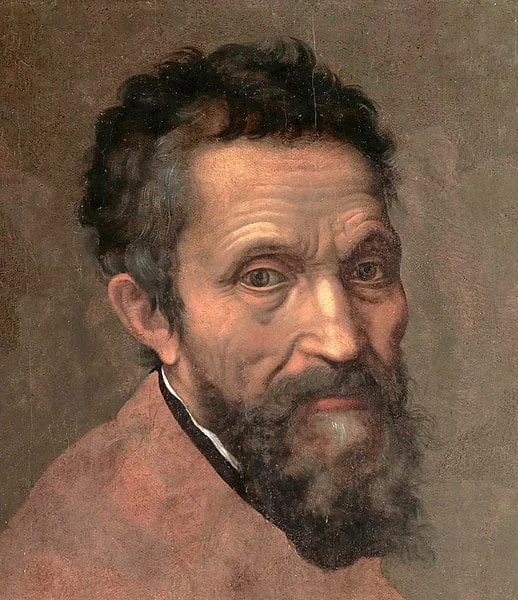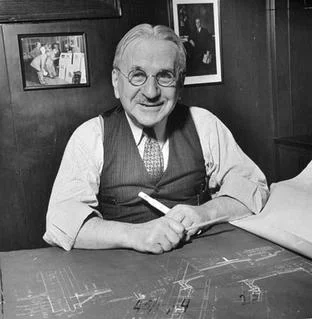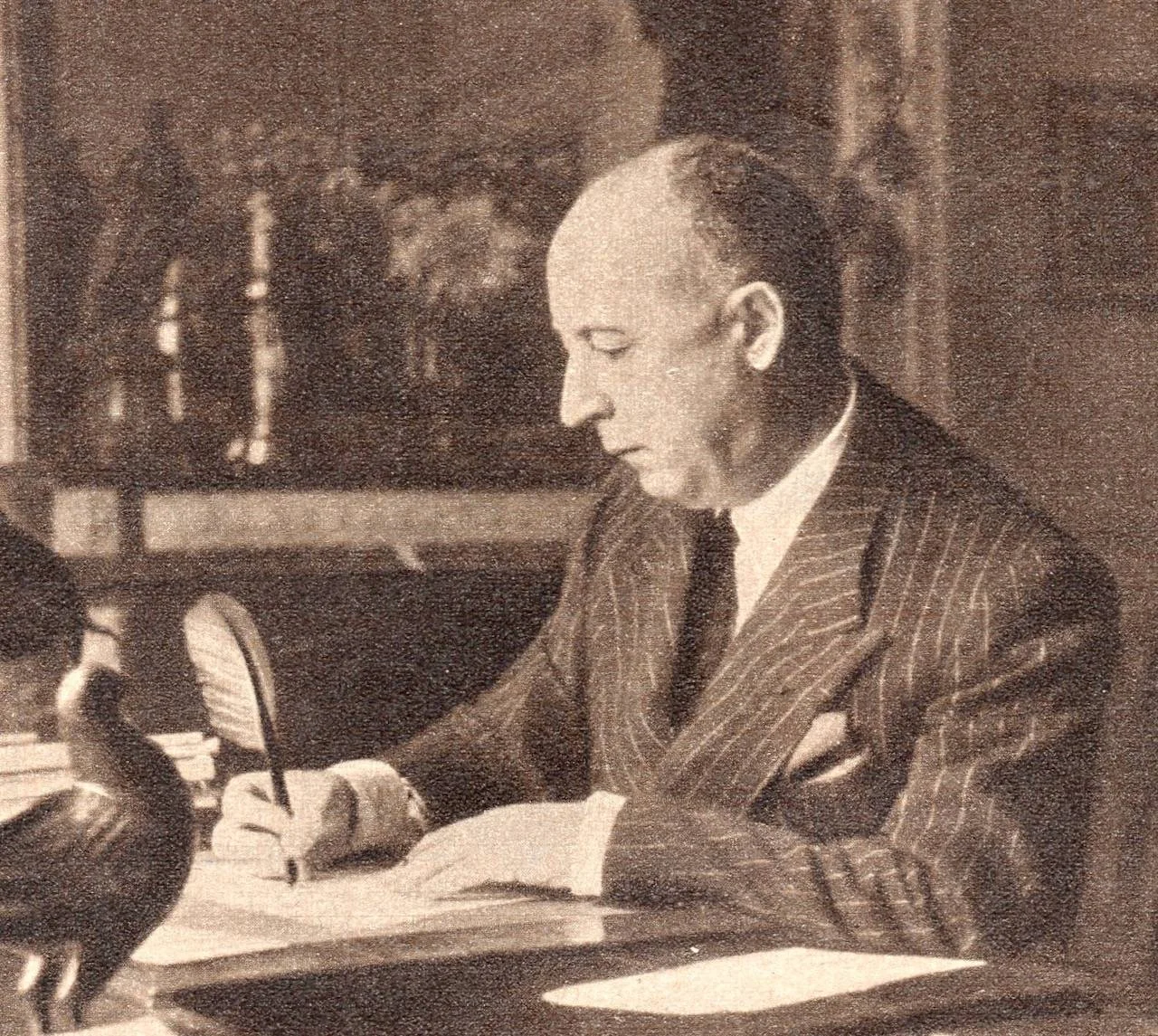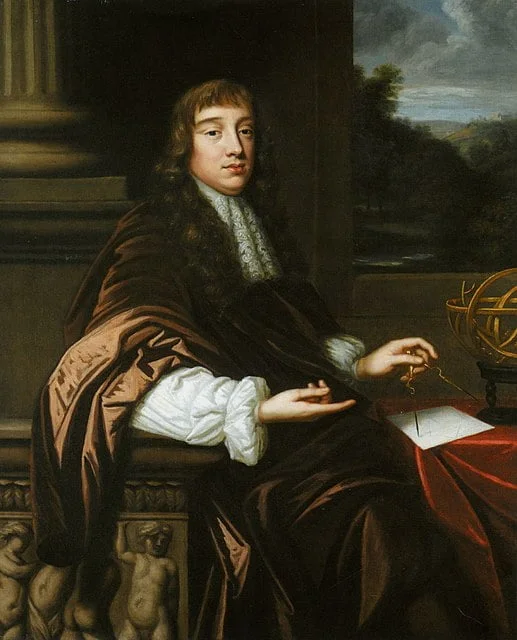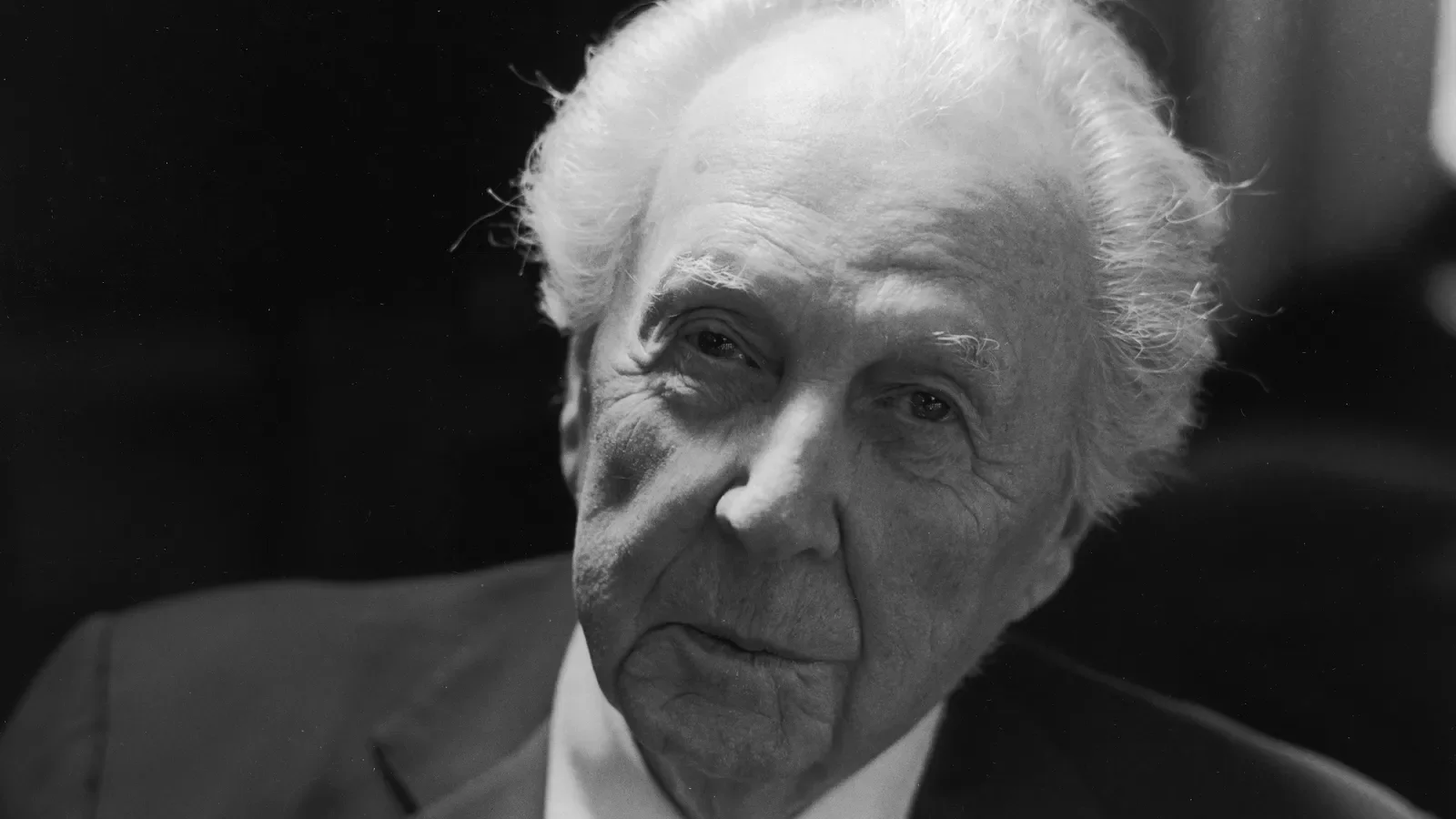Real Celebrities Never Die!
OR
Search For Past Celebrities Whose Birthday You Share

source:wikipedia.org
Decimus Burton
Birthday:
30 Sep, 1800
Date of Death:
14 Dec, 1881
Cause of death:
Natural causes
Nationality:
English (British)
Famous As:
Architect
Age at the time of death:
81
Early Life and Background
Decimus Burton was born on September 30, 1800, in the parish of St Pancras, London, England. He was the tenth child of James Burton, a prominent Georgian London property developer, which explains his unique first name “Decimus” (meaning “tenth” in Latin). Burton’s family background was steeped in architecture and development, with both his paternal grandfather and father being successful in the field.
Education and Formative Years
Burton started his architectural education at home, learning from his father. This was supplemented by drawing and draughts manship lessons from George Maddox. In 1815, at the age of 15, Decimus started working in his father’s office, where he was exposed to significant projects like the development of lower Regent Street.
In November 1817, Burton entered the Royal Academy Schools in London, where he attended lectures by the renowned architect John Soane. This formal education, combined with his practical experience, laid a solid foundation for his future career.
Professional Career and Achievements
Burton established his own independent architectural practice in London in April 1823, at the young age of 22. His career quickly took off, with early commissions including work in Regent’s Park and the design of Holwood House in Kent.
Throughout his career, Burton became known as one of the foremost Victorian architects working in the Roman revival, Greek revival, Georgian neoclassical, and Regency styles. Some of his most notable works include: The Athenaeum Club in London (1824), . The screen and Wellington Arch at Hyde Park Corner (1825-1828), The Calverley Park estate in Tunbridge Wells (1828), The Palm House at Kew Gardens (1844-1848) and The Temperate House at Kew Gardens (1859-1863). Burton was also instrumental in the development of St Leonards-on-Sea, a seaside resort town in East Sussex, which he designed with his father.
Major Contributions and Impact
Decimus Burton’s impact on 19th-century English architecture was significant. He was a founding fellow and vice-president of the Royal Institute of British Architects (RIBA), contributing to the professionalization of architecture. From 1840, he served as the architect to the Royal Botanic Society, where he designed several important structures.
Burton’s work showcased a mix of classical formality and picturesque sensibility. He had exceptional skill in using the classical orders, applying them in a unique way different from his peers.
Decimus Burton's Quote's
Personal Life and Interesting Aspects
Despite his professional success, little is known about Burton’s personal life. He never married and was described as having a “gentlemanly reticence.” Burton was an early member of the Athenaeum Club, whose clubhouse he designed.
An interesting aspect of Burton’s career was his extensive travels. He toured France and Spain in 1826, the Netherlands in 1846, and Germany in 1850. He also visited Italy and North America, collecting architectural casts which informed his work. Over 200 of these casts were later donated to the Victoria and Albert Museum.
Later Years and Legacy
Burton continued to practice architecture until his retirement in 1869, after which he split his time between London and St Leonards-on-Sea. He passed away on December 14, 1881, in Kensington, London, at the age of 81.
Decimus Burton’s legacy lives on in the numerous buildings he designed that still stand today, particularly in London and southeast England. His work bridged the gap between the Georgian and Victorian eras, helping to shape the architectural landscape of 19th-century England. Despite his significant contributions, Burton’s work was somewhat overshadowed by contemporaries like John Nash. Architectural historians have only recently begun to recognize his full importance.
Name:
Decimus Burton
Popular Name:
Decimus Burton
Gender:
Male
Cause of Death:
Natural causes
Spouse:
Place of Birth:
London, England
Place of Death:
London, England
Occupation / Profession:
Personality Type
Architect: Imaginative and strategic thinkers, with a plan for everything. Burton had meticulous approach to design and long-term vision for urban planning. He was highly strategic, independent, and forward-thinking in his contributions to architecture and landscape design.
He was a student of renowned architect John Nash, with whom he worked on several projects in London.
Burton was the tenth child of his family, which is why he was named "Decimus" (meaning "tenth" in Latin).
He opposed Gothic Revival, favoring classical Greek and Roman styles.
Many of his works are still in use today, including several London landmarks.
Designed key structures in London such as the Wellington Arch and Hyde Park Corner.
Contributed to the development of seaside resorts like St. Leonards-on-Sea and Folkestone.
Designed parts of Kew Gardens and the Palm House, one of the most famous Victorian greenhouses.
Played a significant role in developing Regent’s Park and the surrounding terraces.


